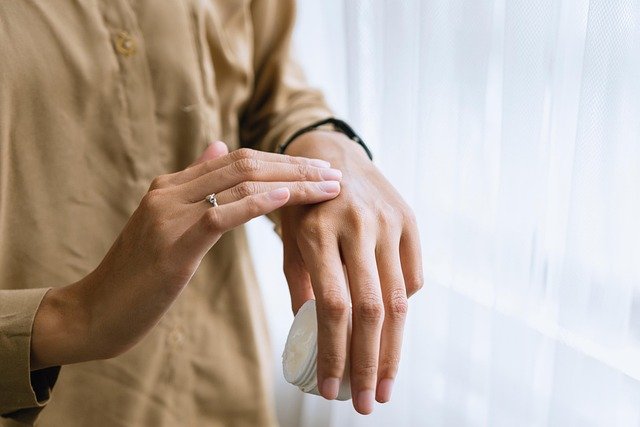Sequencing actives: safely layering peptides, ceramides and antioxidants
Layering active ingredients can improve skin and hair outcomes when done with attention to order, formulation, and individual needs. This article explains how peptides, ceramides and antioxidants work together, how hydration strategies with humectants, emollients and occlusives support results, and why porosity, scalp health and pH matter when sequencing actives.

Layering actives thoughtfully helps you preserve barrier function while getting the intended benefits of peptides, ceramides and antioxidants. Start by assessing needs—are you targeting hydration, barrier repair, or oxidative protection? Consider the texture and vehicle of each product, the intended application site (face, body or scalp), and the environmental factors like heat and humidity that alter product performance. A careful sequence minimizes irritation and supports both short-term comfort and longer-term resilience.
This article is for informational purposes only and should not be considered medical advice. Please consult a qualified healthcare professional for personalized guidance and treatment.
How do peptides and ceramides interact?
Peptides are signaling molecules that can promote collagen production and cellular communication, while ceramides are lipids that reinforce the skin and scalp barrier. When layering, apply lightweight, water-based peptide serums first so the small, hydrophilic molecules penetrate while the skin surface is receptive. Follow with a ceramide-containing moisturizer to lock in benefits and strengthen the barrier. This order supports hydration and reduces transepidermal water loss, letting peptides act on underlying cells without being blocked by thicker formulations.
Where do antioxidants fit into routines?
Antioxidants protect tissues from oxidative stress and environmental aggressors; common examples include vitamin C and vitamin E derivatives. Apply antioxidants after cleansing and before heavier creams or oils so they have contact with the surface to neutralize free radicals. In morning routines, antioxidants complement SPF by reducing damage from light and pollution. At night, they support repair alongside peptides. Watch for formulation compatibility: some antioxidants need specific pH ranges to remain stable and effective.
What roles do humectants, emollients, occlusives play?
Hydration relies on a balance of humectants, emollients and occlusives. Humectants (like glycerin or hyaluronic acid) attract water to the skin and should be applied to damp skin to maximize uptake. Emollients smooth and fill gaps between skin cells to improve texture. Occlusives create a seal that prevents water loss. Sequence: humectant first, then emollient, then occlusive. That order maximizes hydration while allowing actives such as peptides and antioxidants to remain bioavailable.
How does hair porosity change layering?
Porosity determines how hair absorbs and retains moisture. Low-porosity hair resists water and benefits from lightweight, heat-assisted treatments (using moderate heat to open cuticles), while high-porosity hair readily absorbs but loses moisture quickly and needs occlusives to lock hydration in. For both, apply water-based serums with peptides or antioxidants first, then follow with emollient-rich conditioners or oils. Detangling when hair is conditioned reduces mechanical damage that would undermine barrier health and long-term results.
How should scalp and microbiome be considered?
The scalp has its own barrier and microbiome; layering should avoid disrupting its balance. Use scalp-specific formulations for delivery—serums or lightweight lotions—before heavier hair creams. Avoid overloading with occlusives that trap sweat and sebum and could encourage irritation. When selecting actives, consider their pH and whether they’re intended for follicle-level action. Gentle exfoliation and products that respect microbiome diversity help maintain a healthy environment for both hair and underlying skin.
What about pH, heat, barrier and detangling?
pH affects activity and irritation risk: many antioxidants and acids perform at lower pH, while peptides and ceramides tolerate neutral to slightly acidic pH. Heat (from styling tools or warm water) can increase penetration but also accelerate degradation of sensitive actives, so apply heat strategically and avoid high temperatures immediately after applying unstable ingredients. Protect the barrier by finishing with ceramide-rich moisturizers and occlusives where appropriate. For hair, detangling after conditioning reduces breakage and preserves active-treated cuticles.
Conclusion
Successful sequencing of peptides, ceramides and antioxidants is practical when guided by formulation type, target tissue (skin or scalp), and individual characteristics such as porosity and microbiome sensitivity. Prioritize hydration through humectants, layer emollients and occlusives to retain moisture, and place delicate antioxidants in positions that preserve their stability. Adjust order based on product textures and environmental factors like heat so actives deliver benefit without compromising the barrier.





